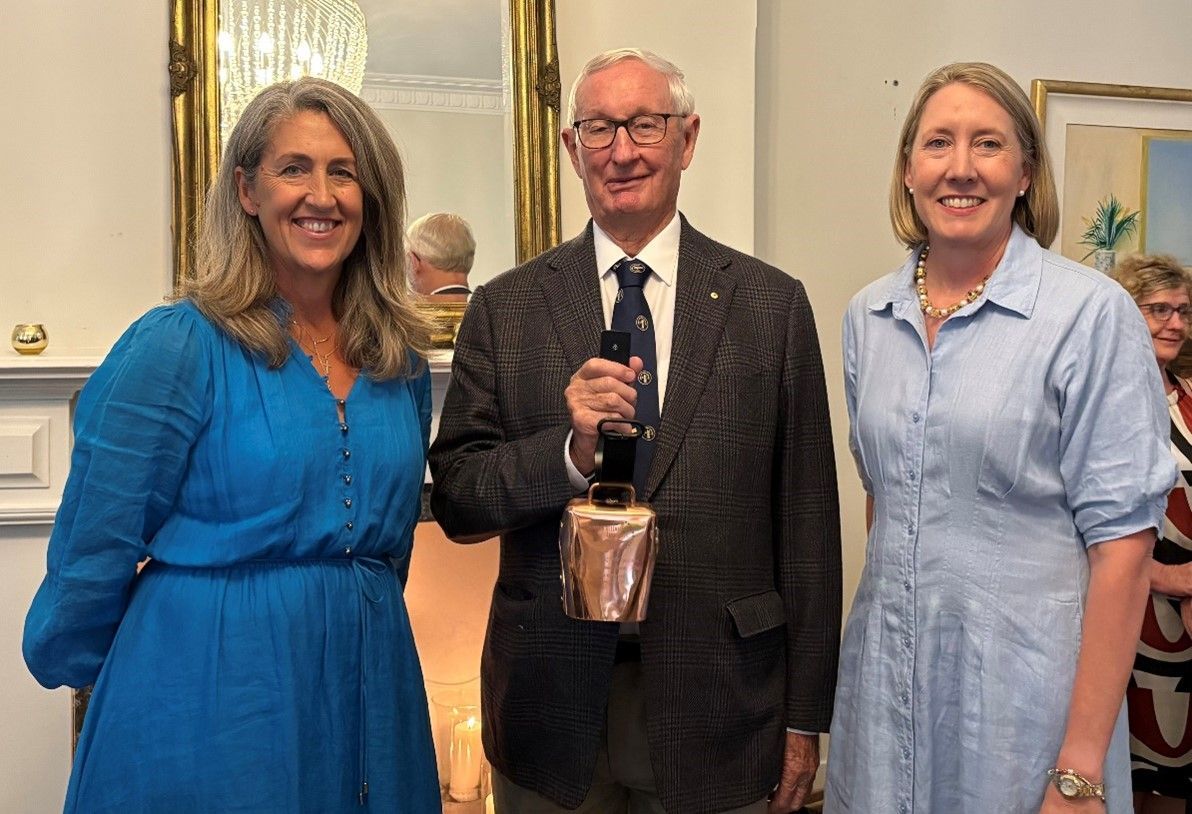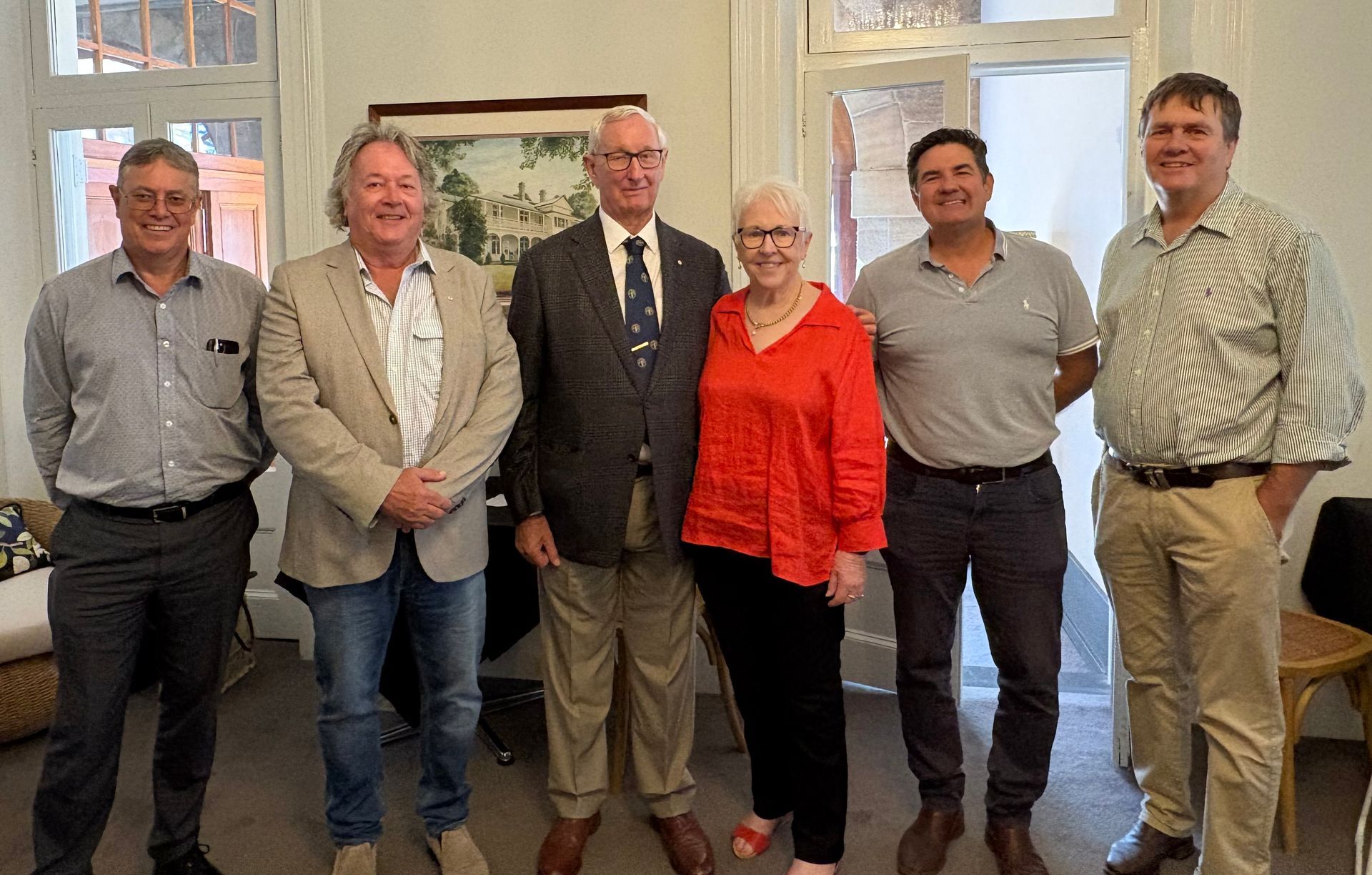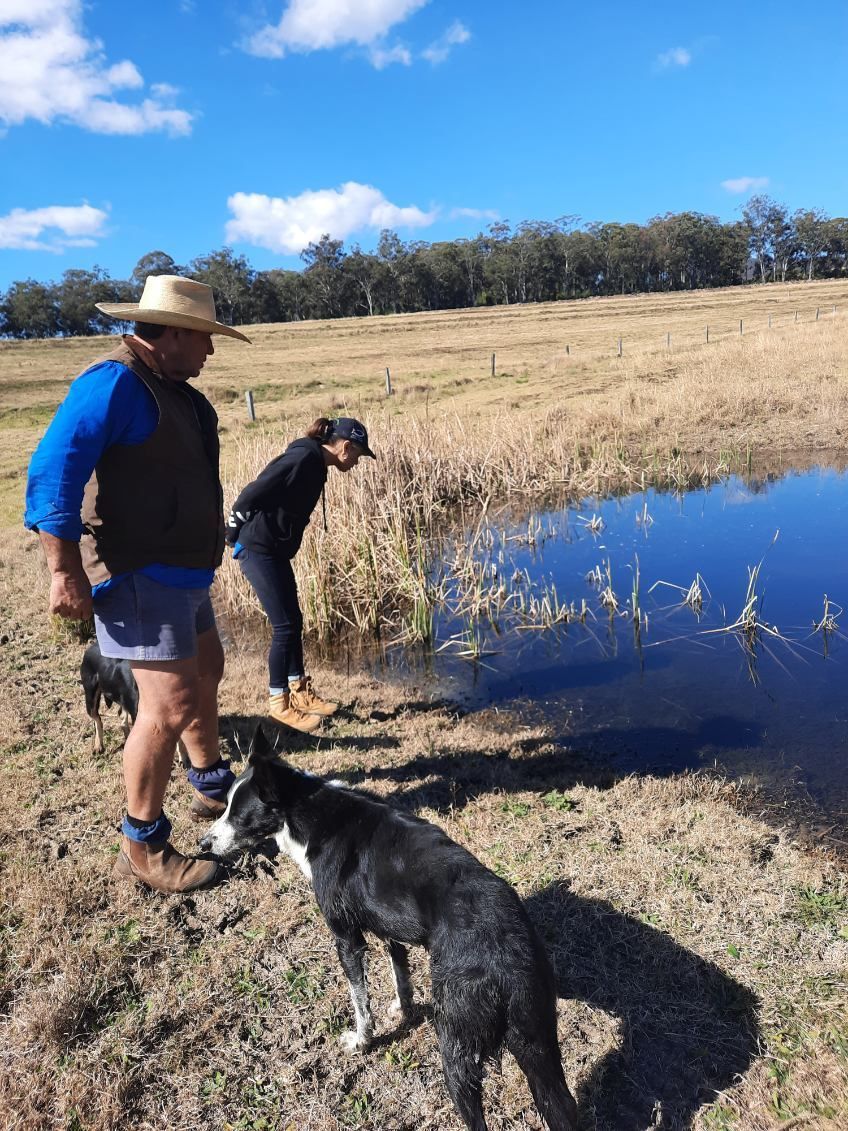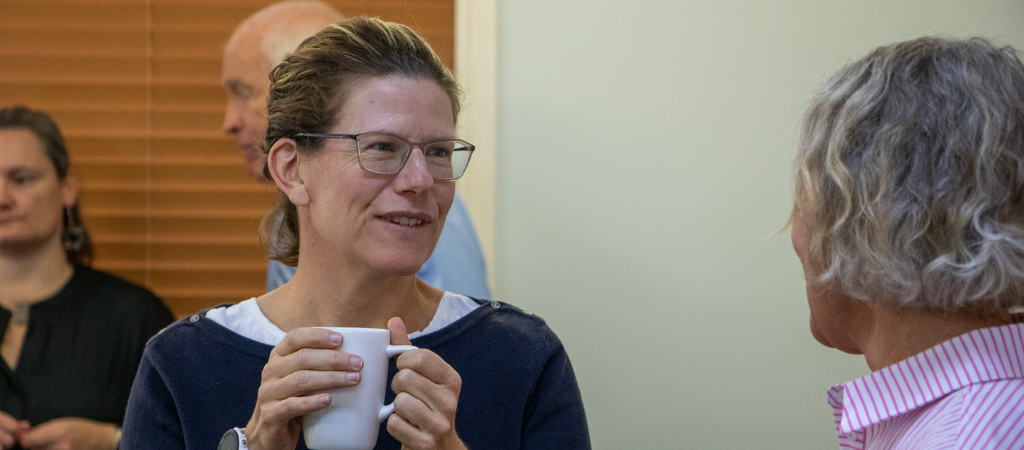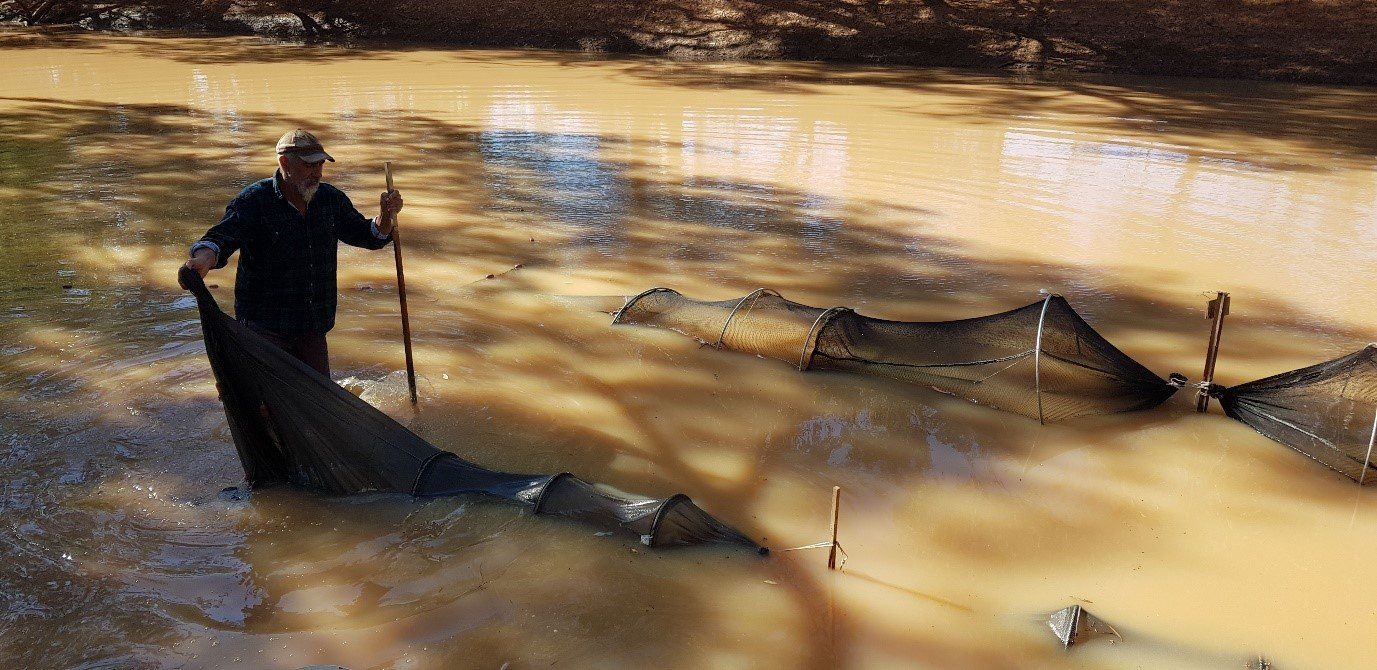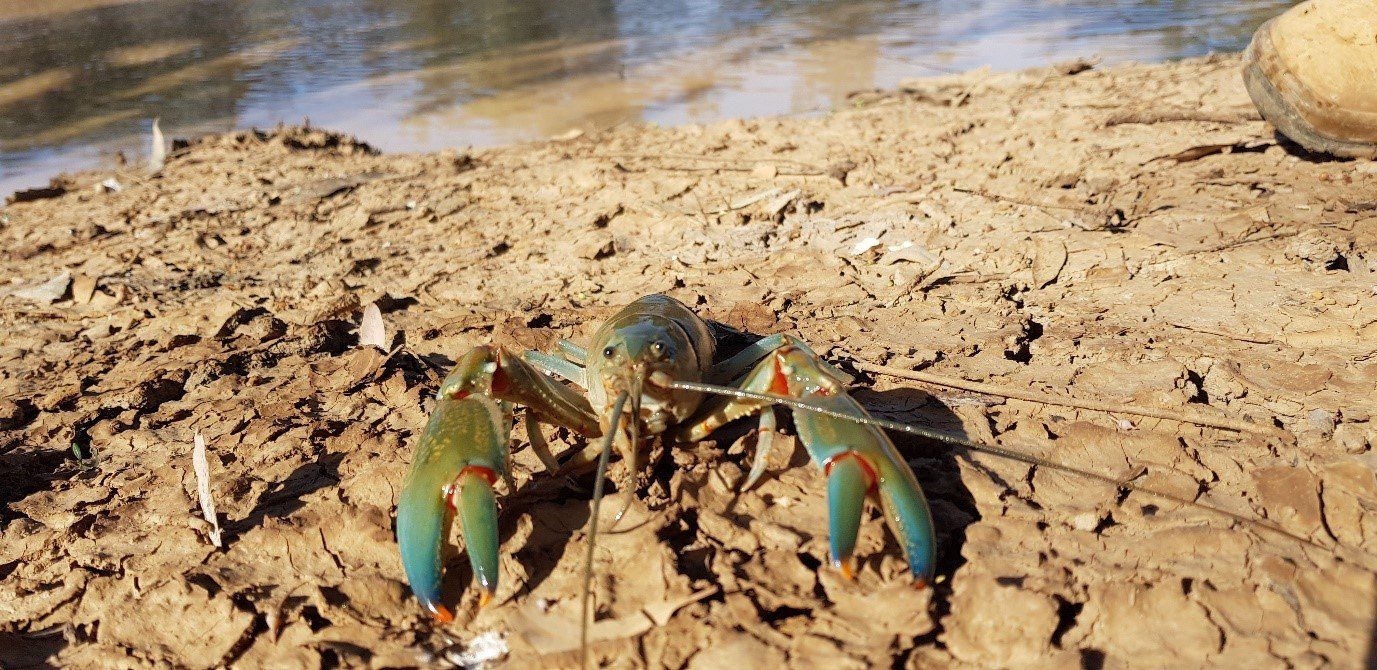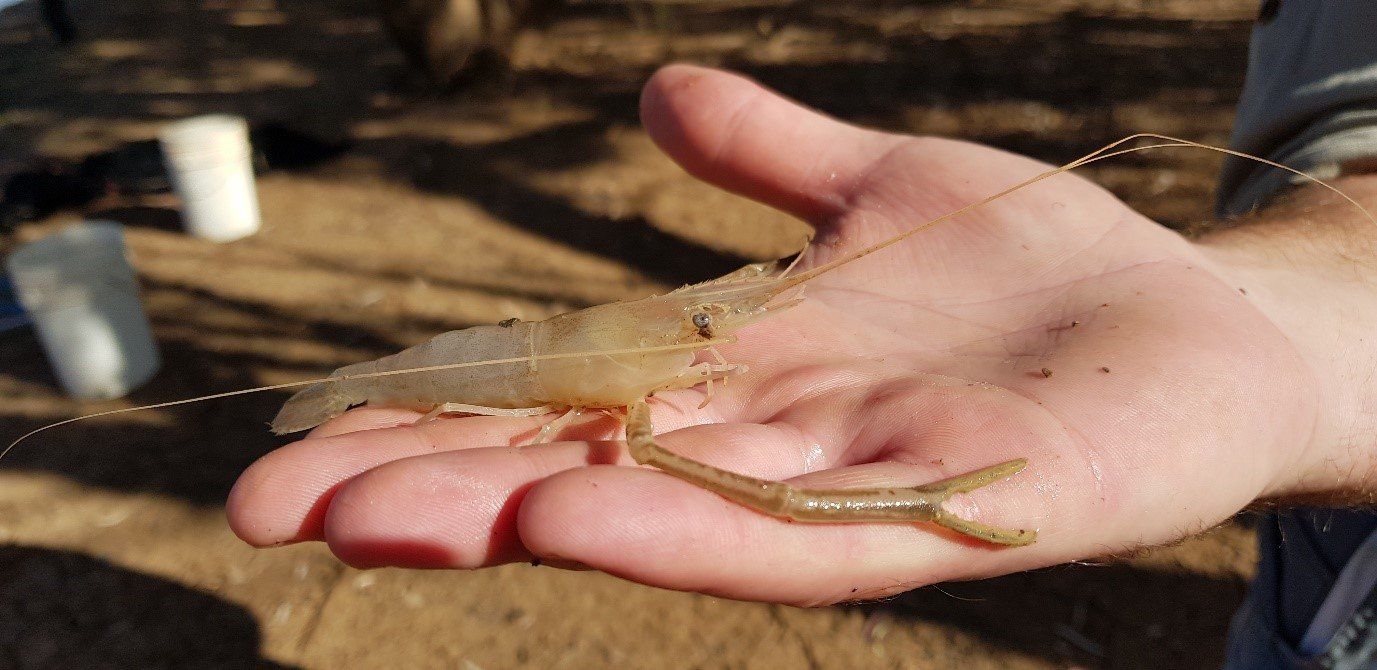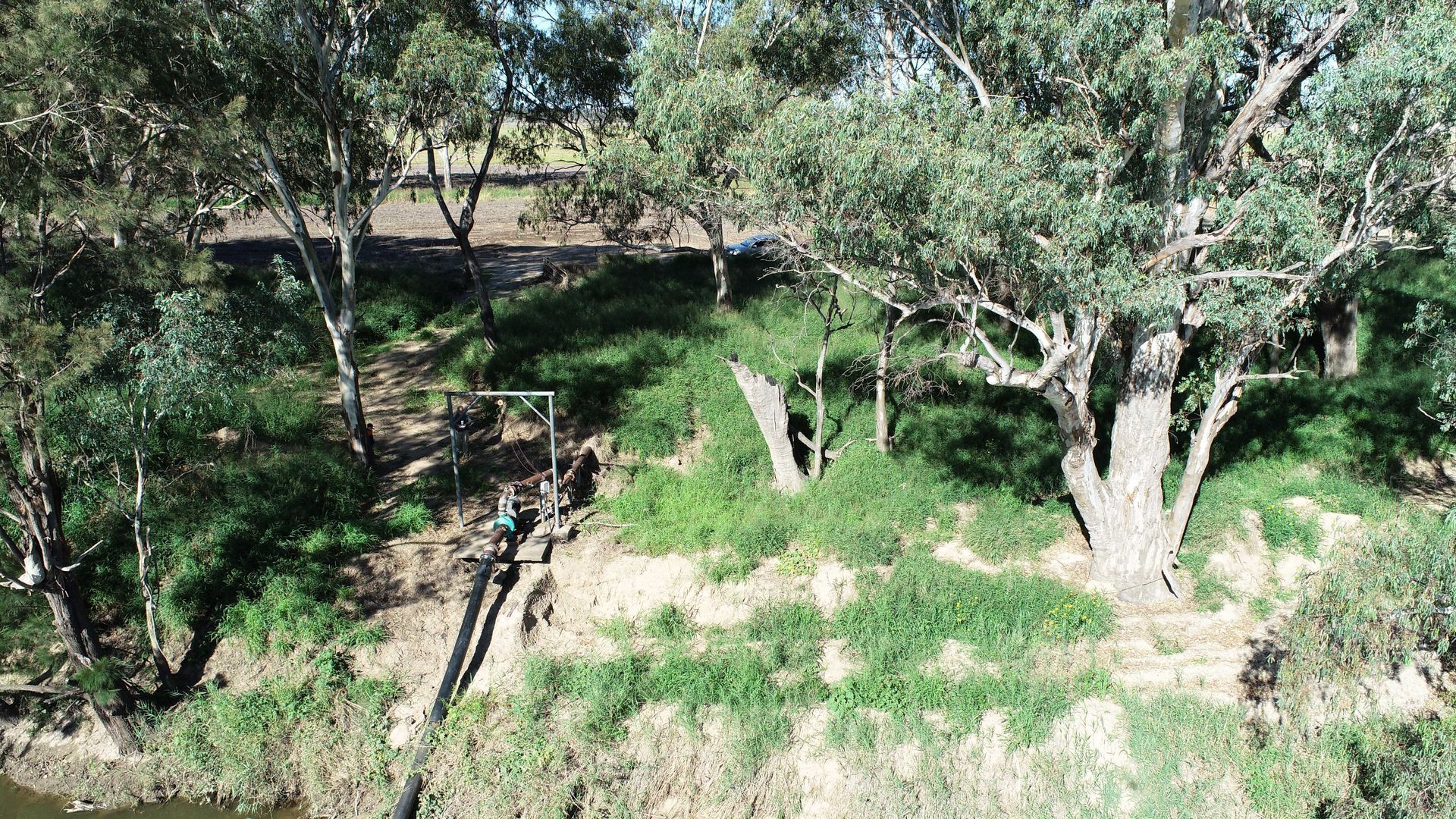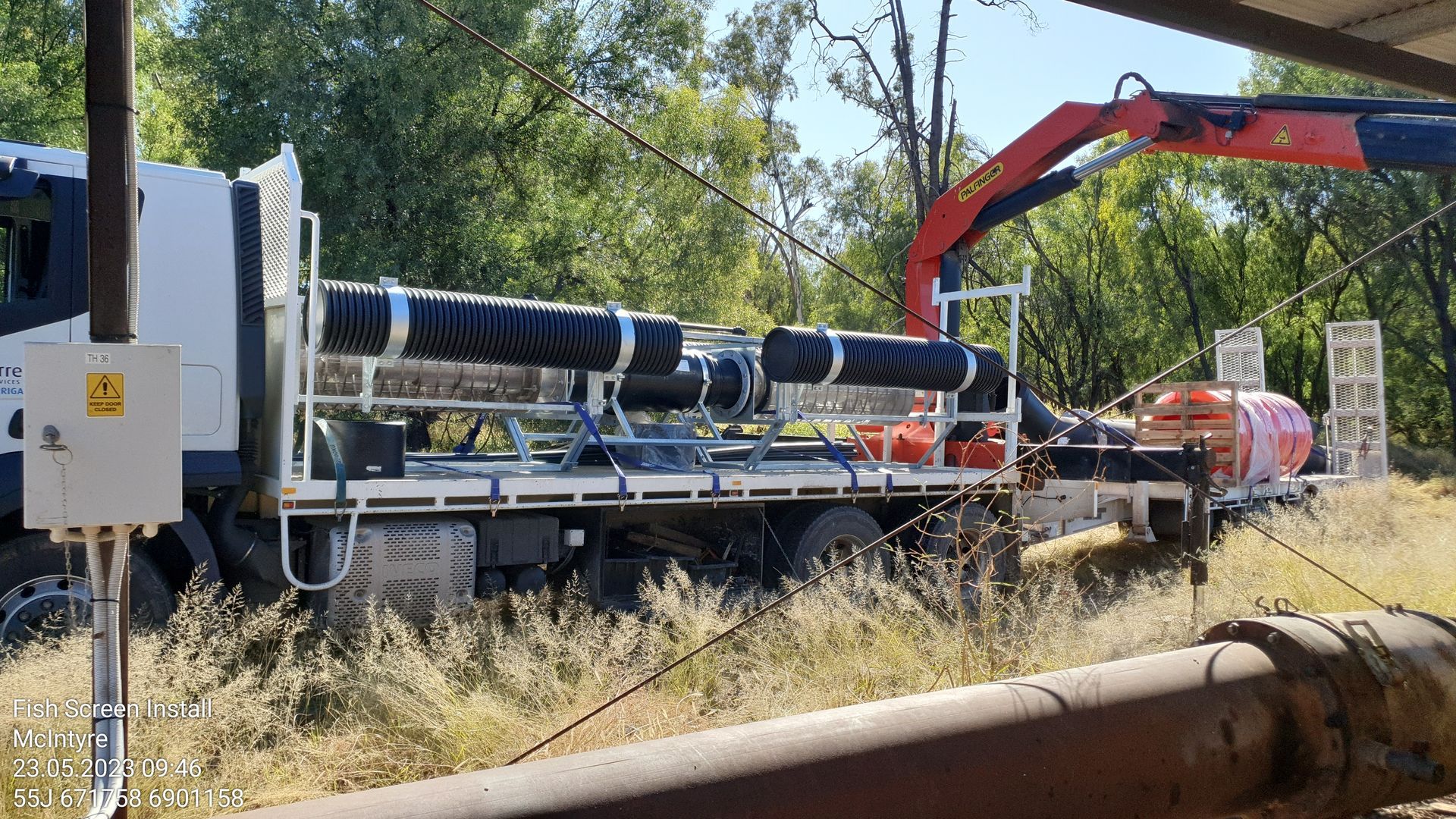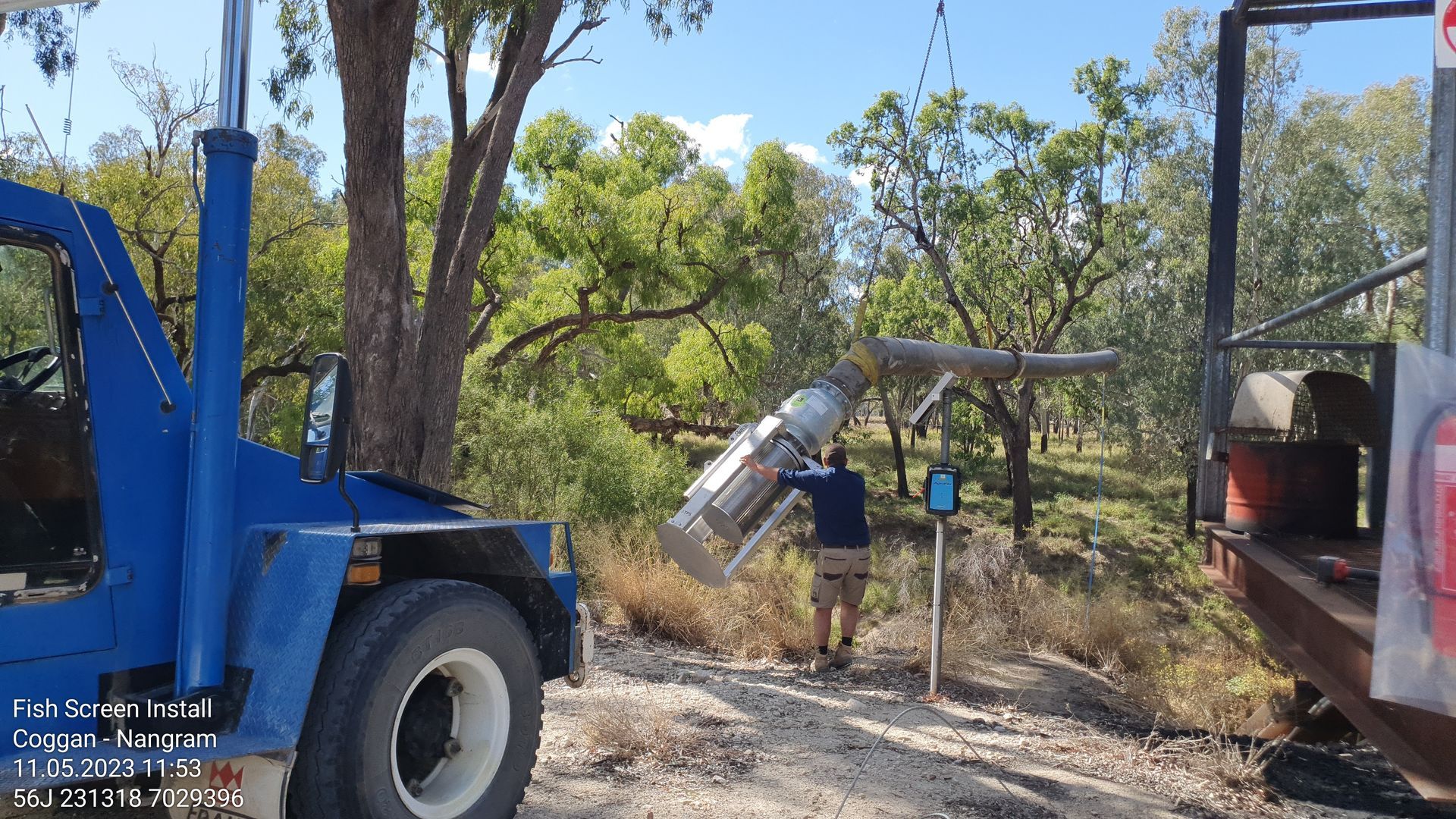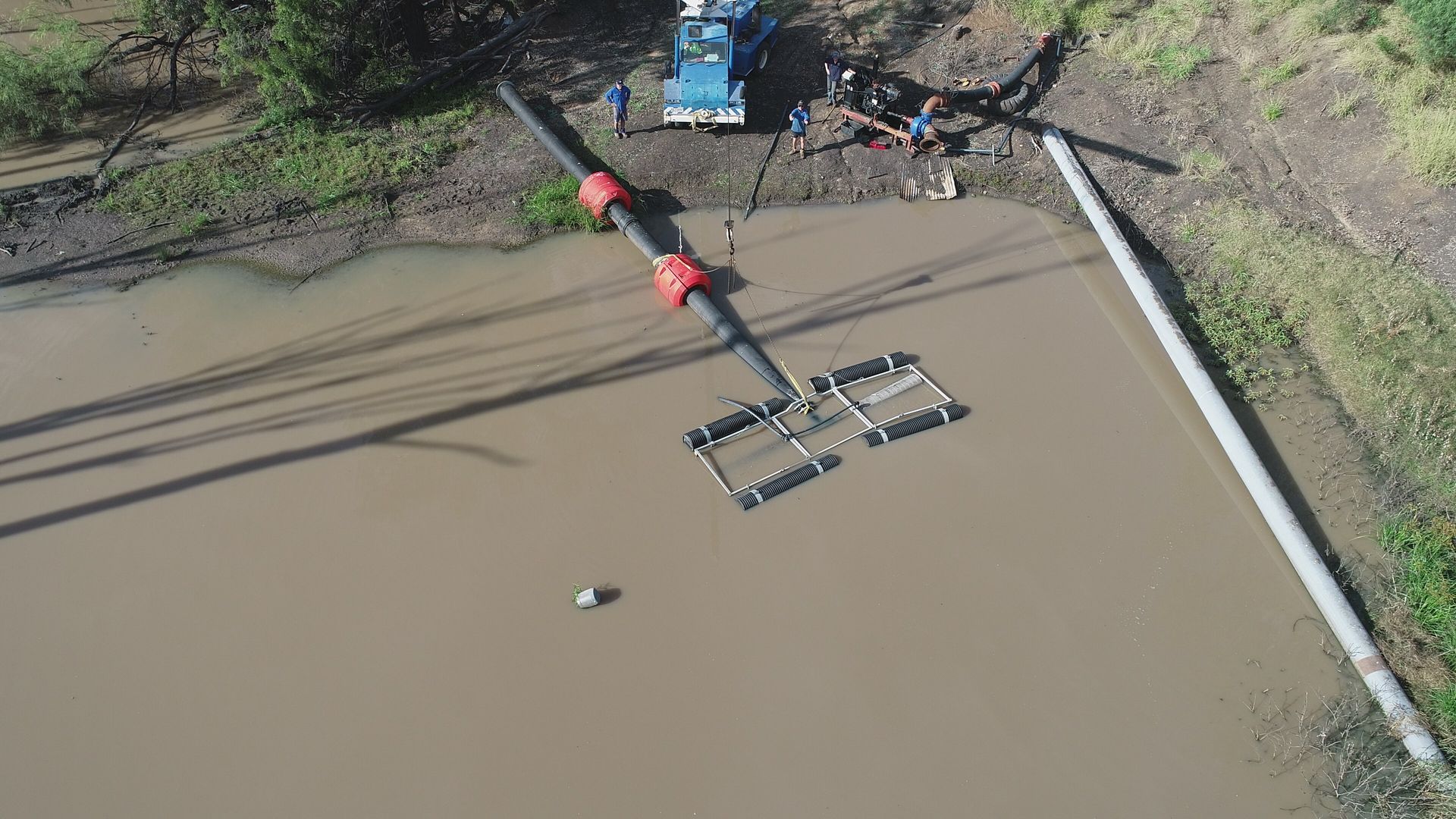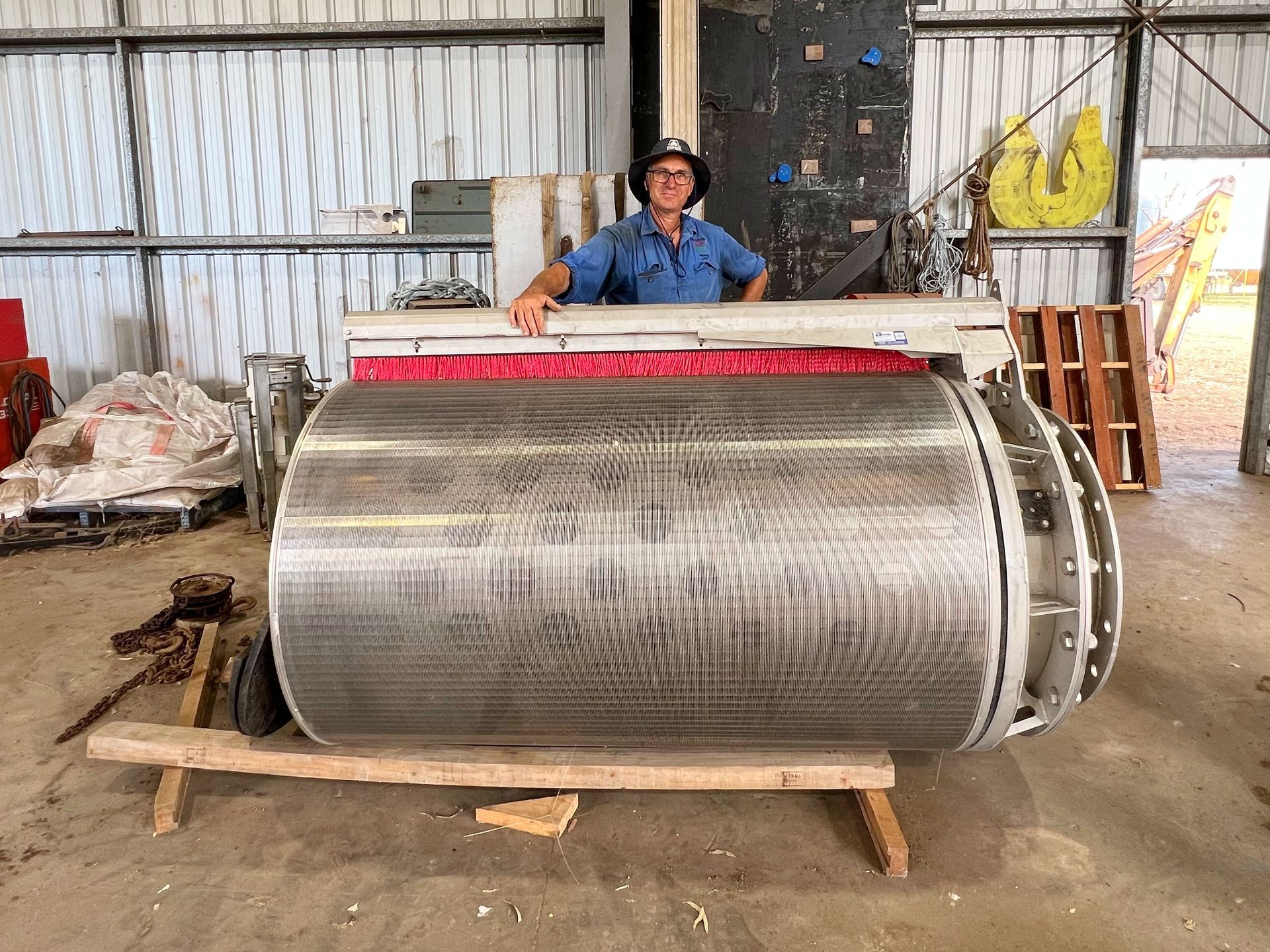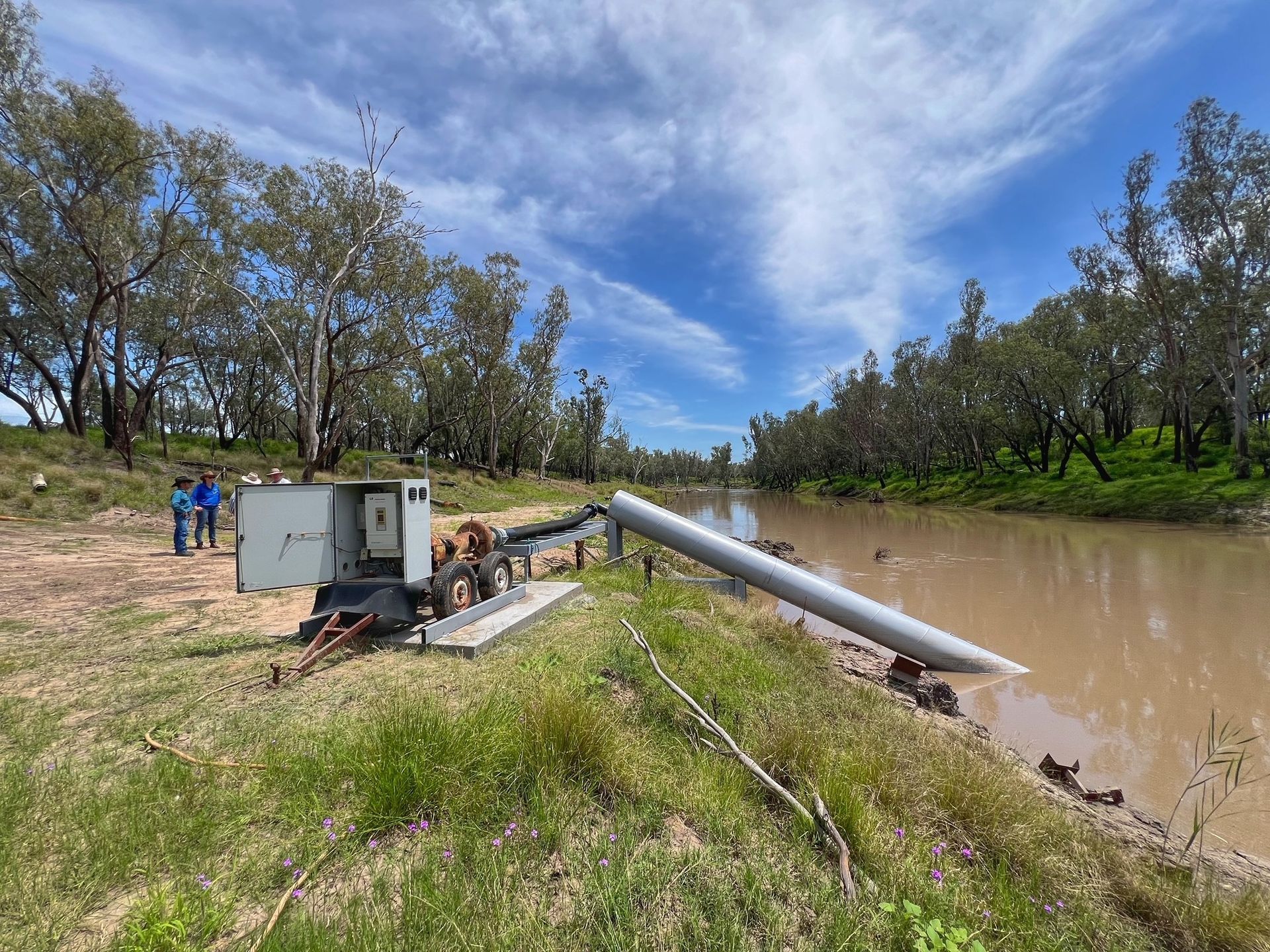Earlier this month, we conducted a fish survey in partnership with Queensland Parks and Wildlife (QPWS) Rangers in the lower Paroo catchment and parts of Currawinya National Park.
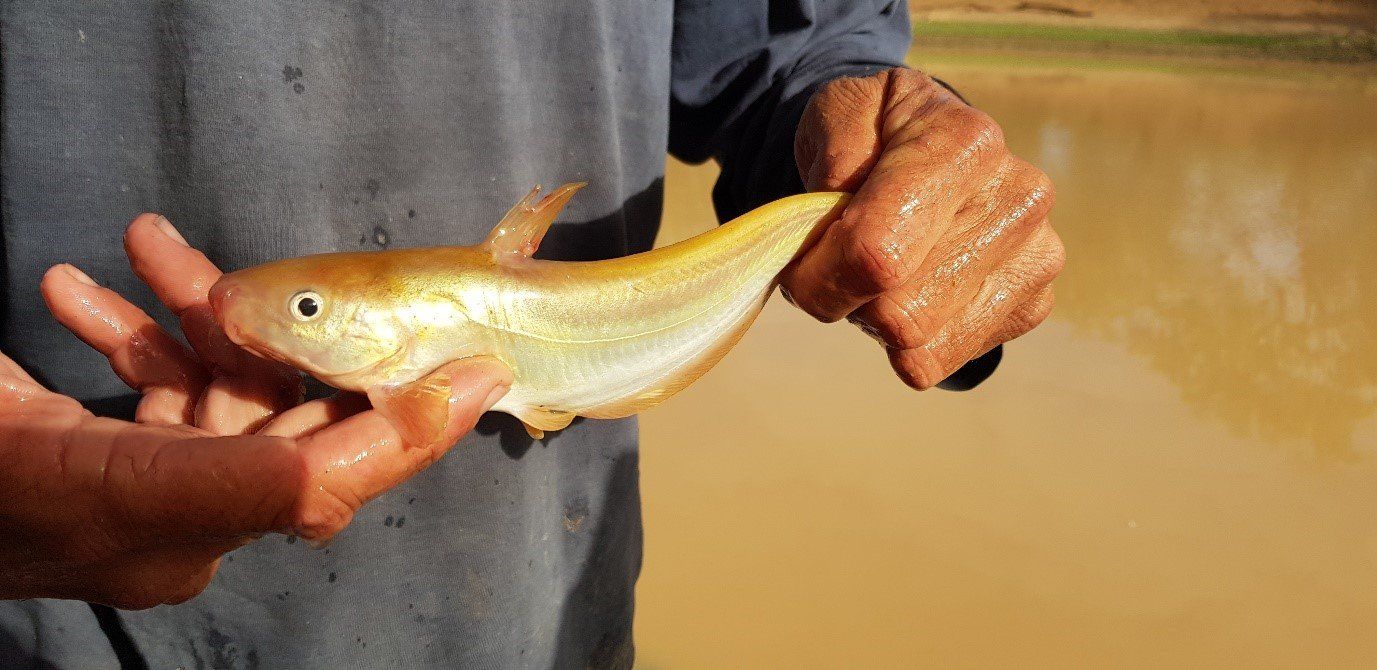
The survey was a collaborative effort which aimed to assess the presence and relative amounts of feral fish in the system as well as the return of fish stocks to the long droughted waterholes and creeks, add to the fauna and pest knowledge of the park and monitor obligations for the Ramsar site.
The activities took place under the direction of QPWS Rangers and as part of SQ Landscapes’ Regional Land Partnerships Environment project.
Researchers teamed up with SQ Landscapes and Queensland Parks and Wildlife Service (QPWS) to survey nine sites in the permanent, semi-permanent and ephemeral wetlands of the lower Paroo River and Currawinya National Park.
Dr. Adam Kerezsy from ‘Dr. Fish Contracting’ and his assistant Martin Denny braved the cool conditions with SQ Landscapes Senior Project Officer Chris Crafter and QPWS staff under the direction of the Ranger in charge, Shellie Cash, over the course of a week delivering exciting results.
The team sampled over 1500 fish across the sites with good numbers of native fish species including Hyrtls Tandan, rainbow fish, spangled perch and yellowbelly. Alien fish were comparatively rare in all the sample sites with carp present in all permanent and semi -permanent sites.
Chris Crafter said the survey was crucial to learning about what’s living in the catchment, providing a baseline of information.
“This survey has been a great opportunity to better understand these complex and remote environments within the Paroo catchment."
“To find so much evidence of native fish breeding and dispersing throughout the system in such a long drought is an excellent result that shows the resilience of these arid waterways,” she said.
“Introduced fish like goldfish were detected in two locations and Gambusia were found in one ephemeral waterhole. We also found other important wildlife including turtles, shield shrimps, brine shrimps, yabbies and even some leeches,” she concluded.
Currawinya Wetlands are listed under the Ramsar Convention for Wetlands of International Importance. They are one of Australia’s most important inland waterbird habitats. The landscapes of the park support various wildlife and plant species, some of which are found nowhere else in the world and are also places of great cultural significance to Traditional Owners the Budjiti People, with immense ceremonial and spiritual importance.
Lake Wyara and Lake Numalla are an important feature of the park which also protects thousands of years of Aboriginal cultural heritage and 19th and 20th century pastoral history.
